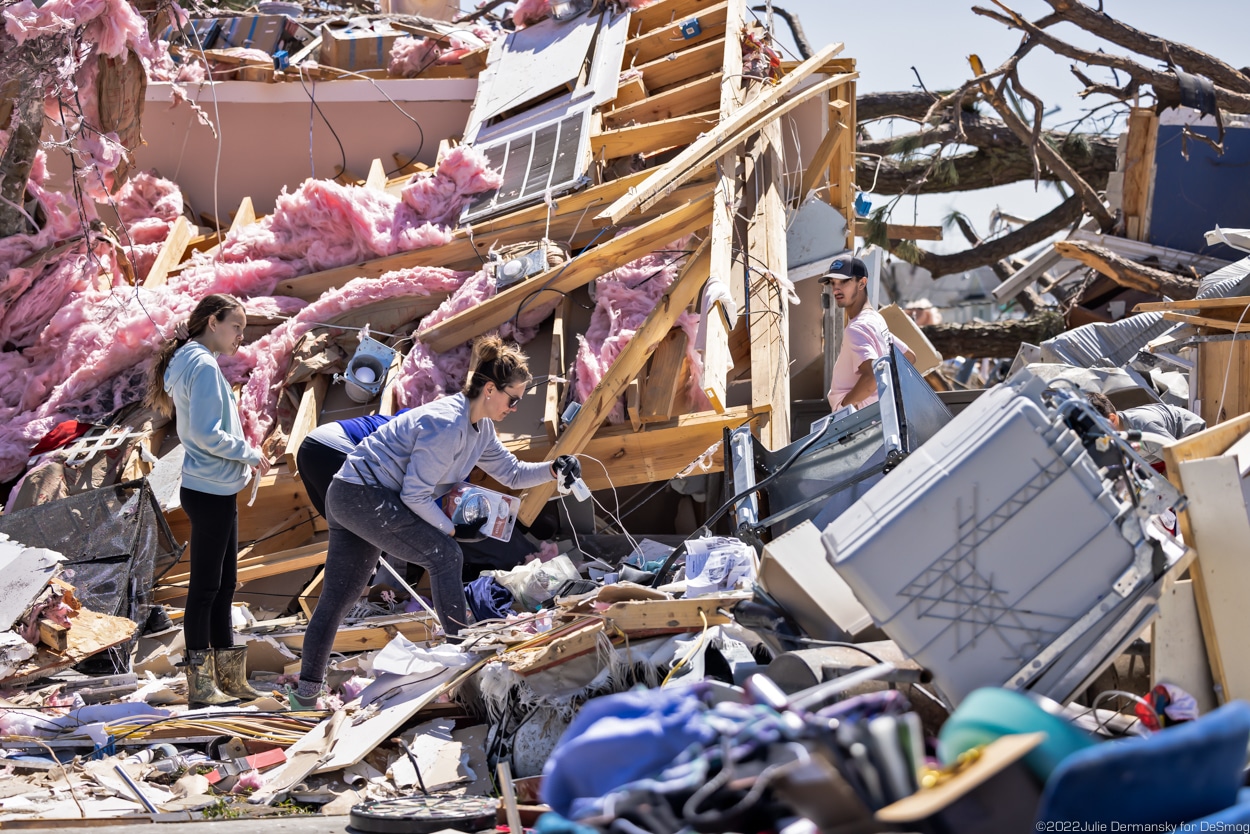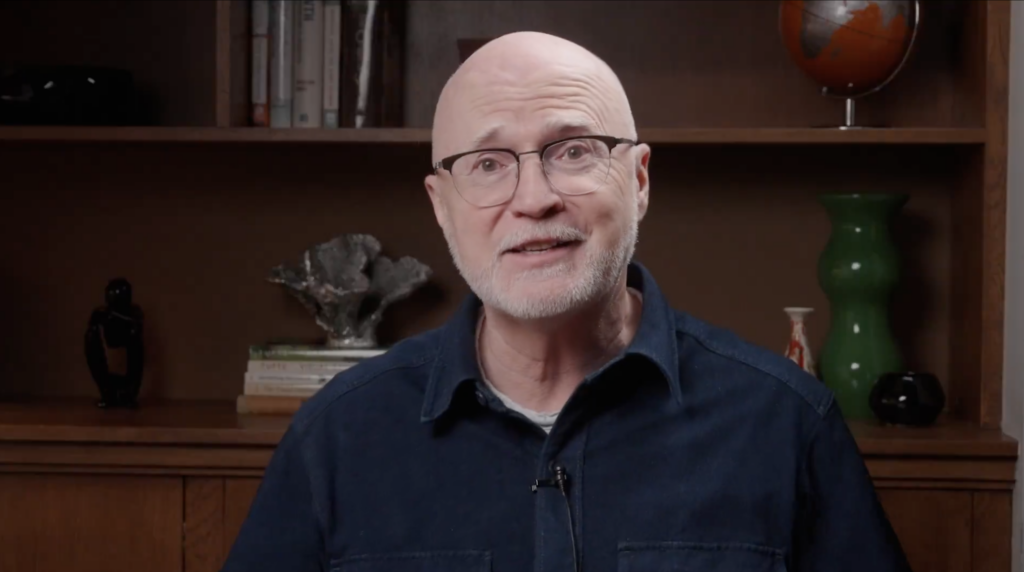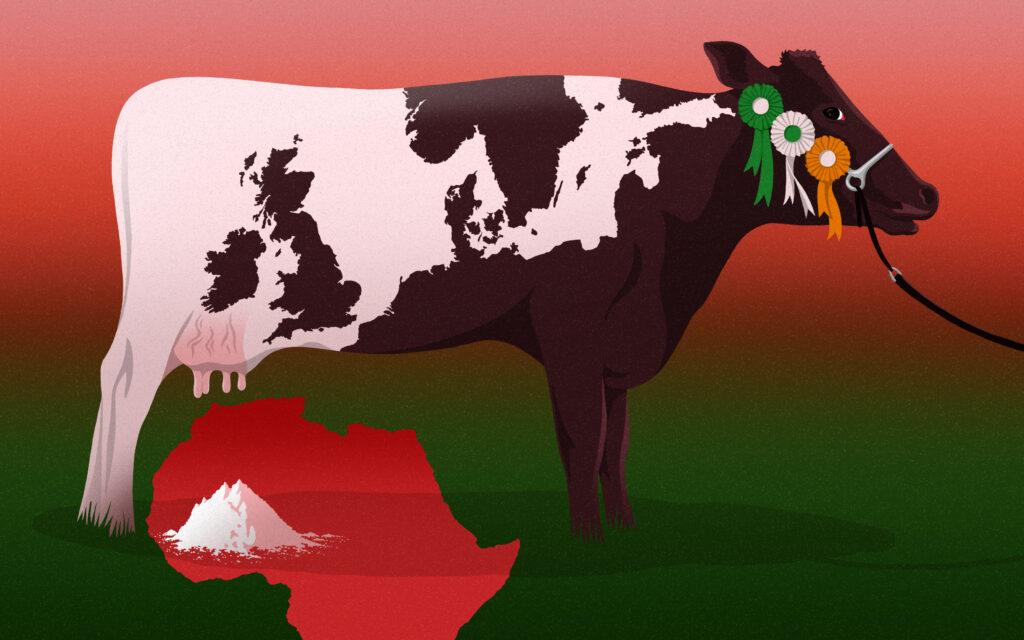Tornadoes hit fast and hard, as those in the path of the tornado that hit Arabi in the New Orleans metro area experienced firsthand. The tornado — which spun up at speeds up to 165 miles per hour, hitting EF3, the third strongest on the tornado rating scale — badly damaged 150 homes and killed a young man and his dog.
A few minutes after images of the tornado began spreading on social media, I got my gear together to go to Arabi to document the damage. But first I had to calm my nerves and take stock of how lucky I was to be safe and unharmed. My past experiences with extreme weather — including living through Hurricane Ida, which damaged my home last year, and a likely EF1 tornado in 2014 that spun my house at the time in Deposit, NY — seem to raise my blood pressure when new extreme weather threatens to head my way.
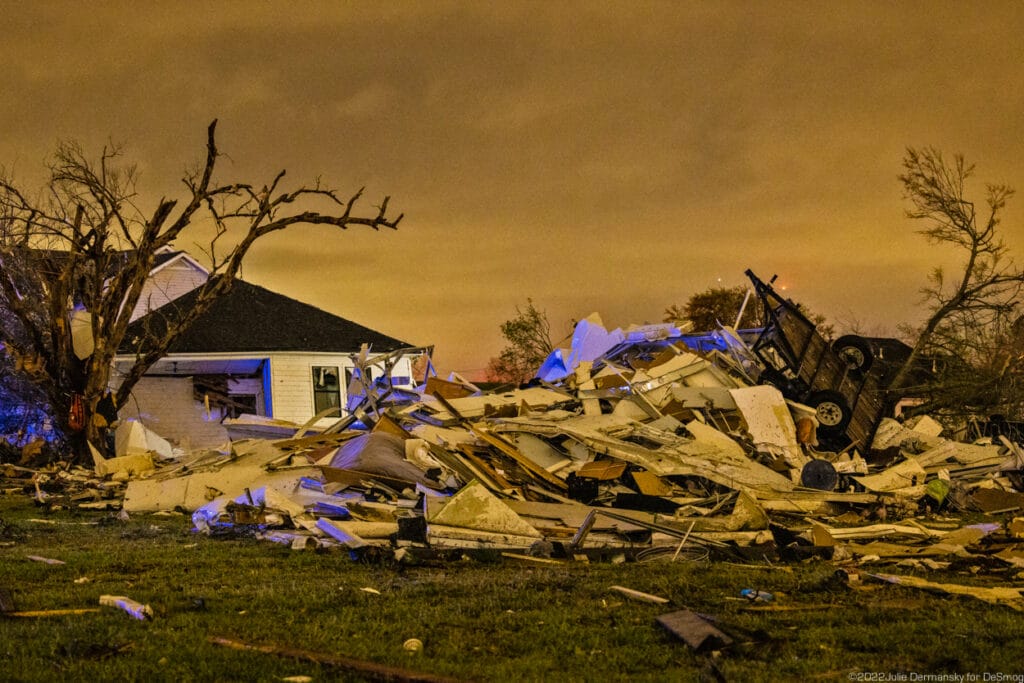
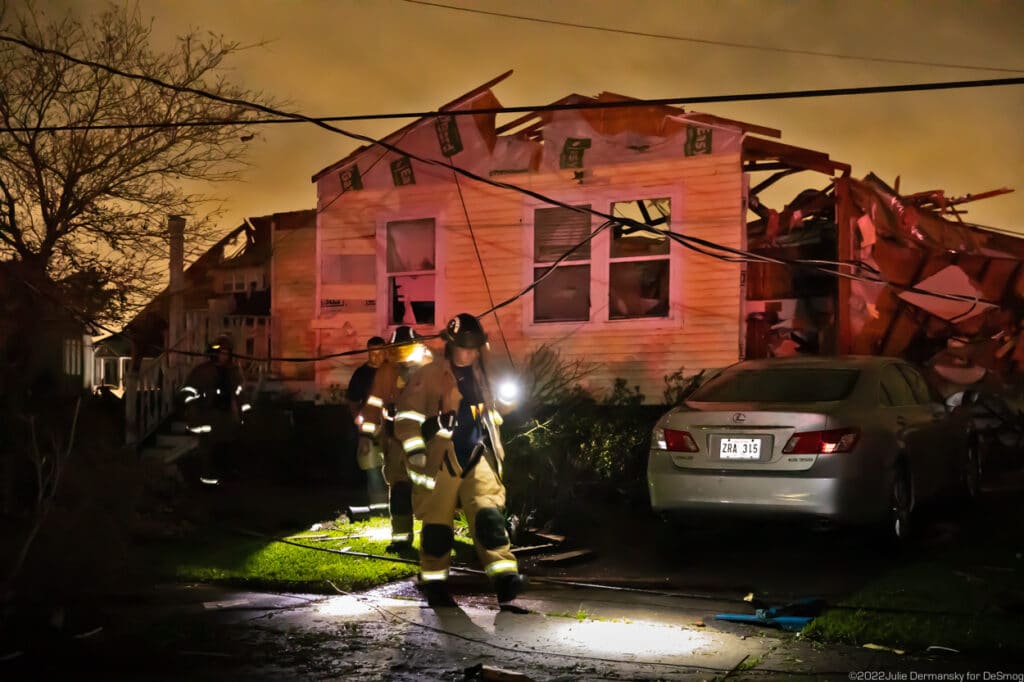
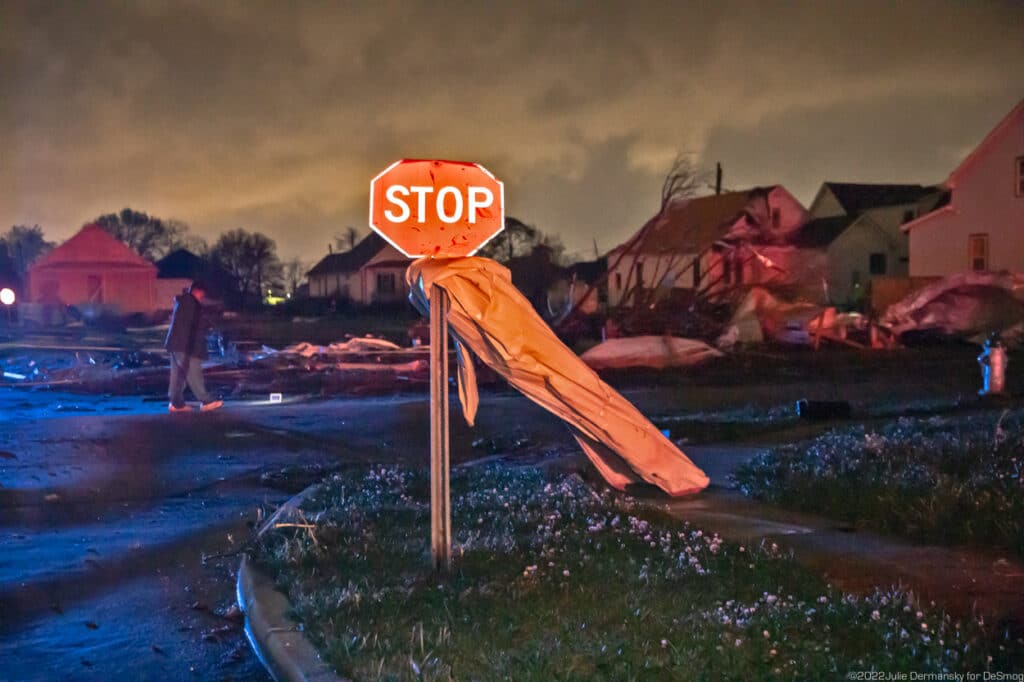
A few minutes before the tornado touched down, I was in my attic checking to see if a new roof I got after Hurricane Ida destroyed my old one was handling the heavy downpour. It was raining hard in St. Tammany Parish, where I live, north of New Orleans.
Before I got to check an area that I am concerned might be leaking, my phone turned into a tornado siren. The warning told me get into my basement and take cover.
Basement? I don’t have one. Like most in South Louisiana, I live just above sea level, so I don’t have a cellar. No one in Arabi had a cellar either, but many heeded the tornado warning and got in their closets or bathrooms, small areas inside homes that offer the best shelter from tornadoes. This practice saved many lives.
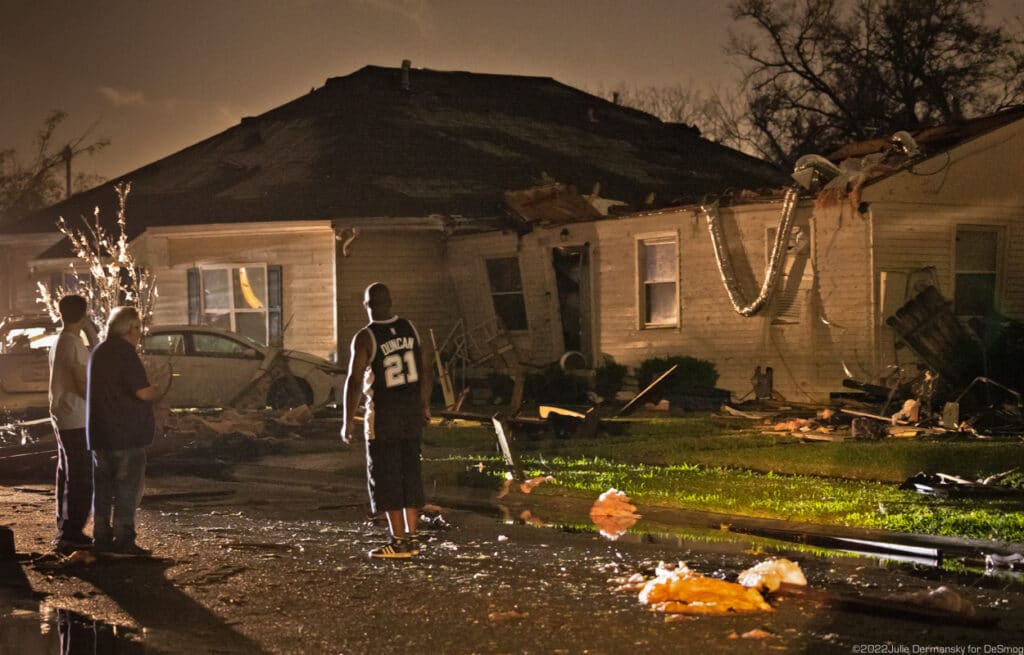
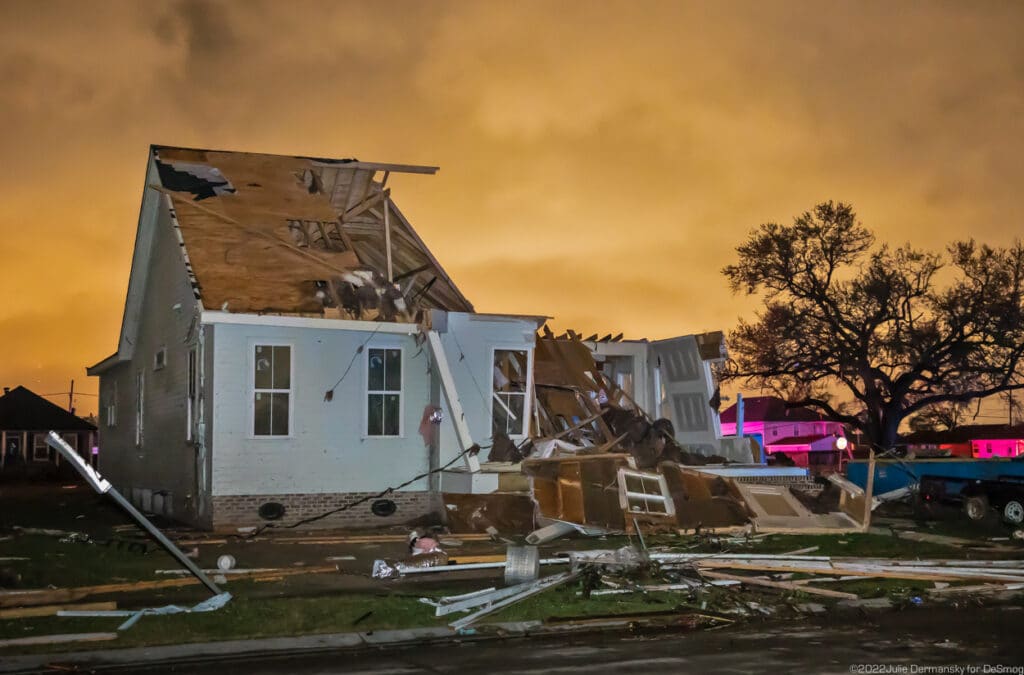
Tragically, 25-year-old Connor Lambert, and his dog were lifted into the sky by the tornado and thrown nearly 50 feet away, according to his grandfather Bob Lambert. Shortly after the storm passed, a neighbor found both Connor and his dog dead.
I met Bob Lambert as he was trying to find keepsakes of his grandson’s at the site where his house stood before the tornado obliterated it. He pointed to his grandson’s new truck that was wrapped around a tree. “Connor, was one of the good guys. He just started a job at the Stennis Space Center, working for NASA,” he said.
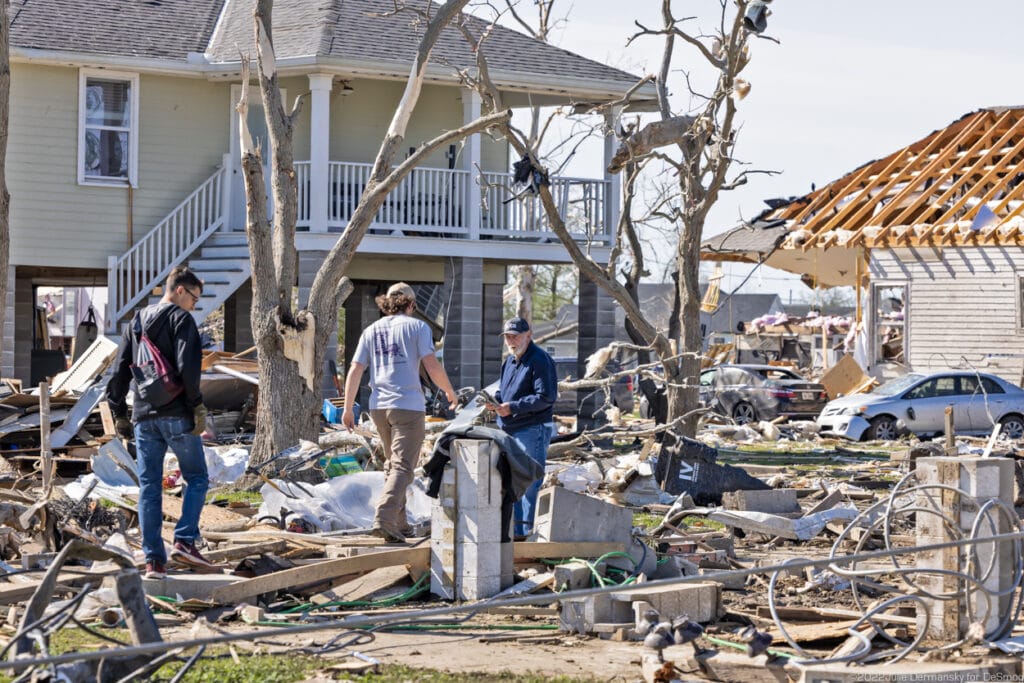
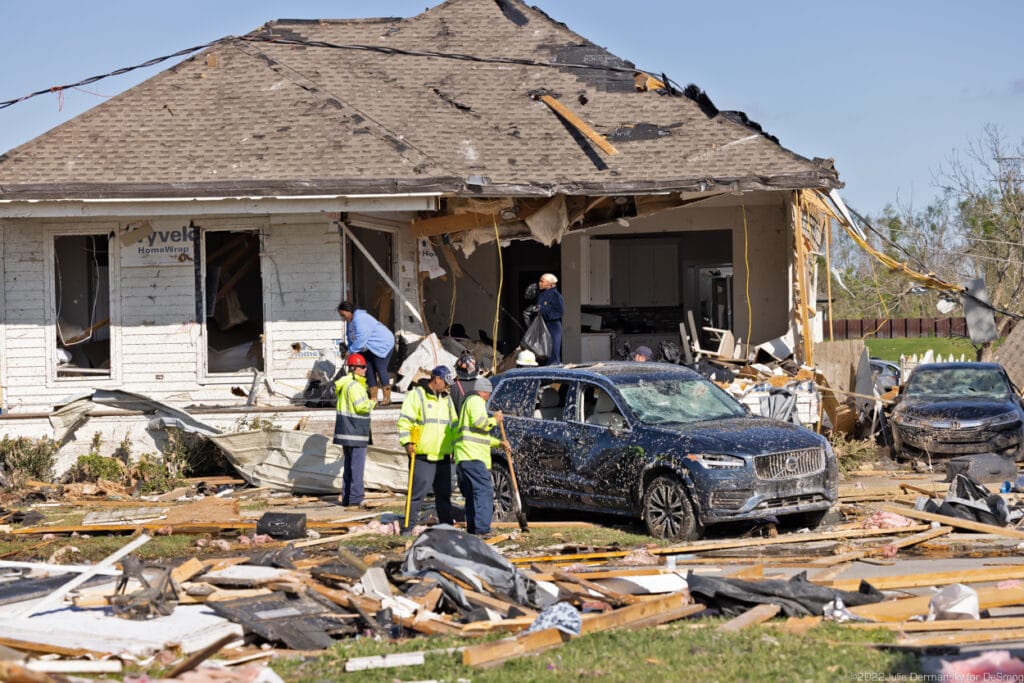
Heartbreaking stories abound on the blocks in Arabi that the tornado ripped through. Many I spoke to had lost everything from Hurricane Katrina, and rebuilt after that storm. Some were already talking about rebuilding again, but others told me that they were done and would be moving elsewhere. The risk of devastation from extreme weather has become too much for many to take, both emotionally and finically. Some have been dropped by their insurance carriers, even if they have never made a claim, as some companies are pulling out of the area due to the increased risk of intense hurricanes, which have been linked to climate change.
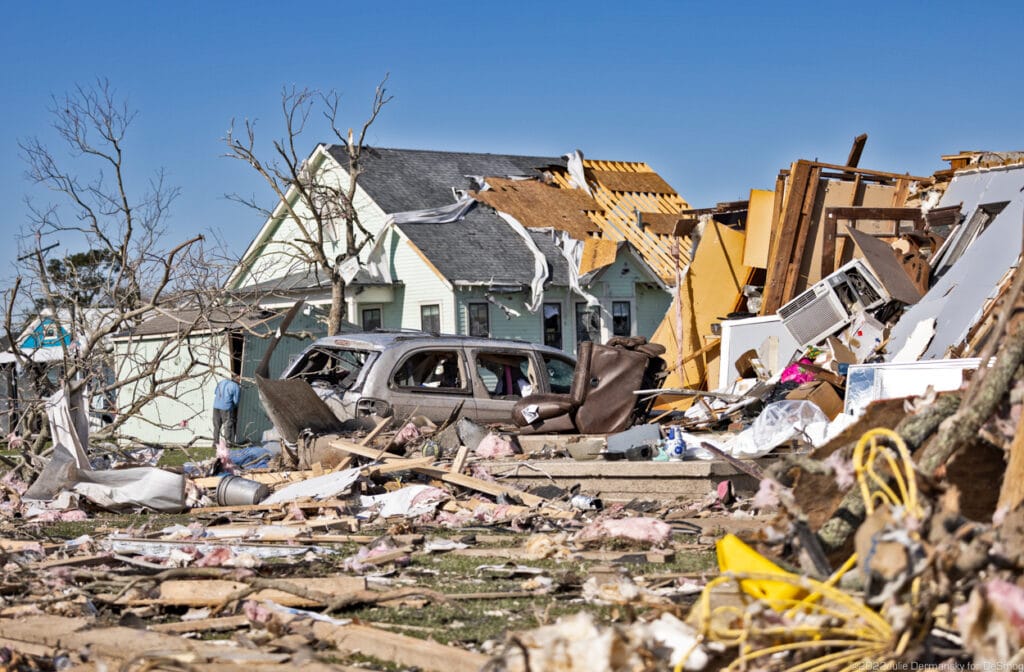
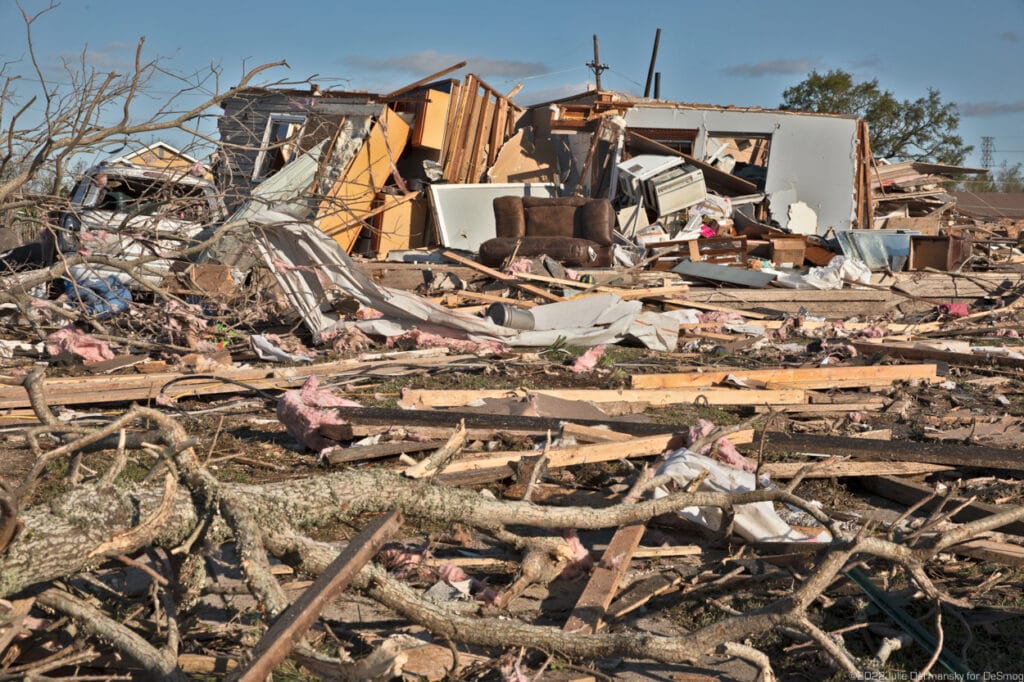
While the science connecting tornadoes to climate change is not clear, Federal Emergency Management Agency Administrator Deanne Criswell told NBC following an unusual tornado outbreak in December 2021 that “we are seeing an increase in the number of storms and the severity of storms,” and that FEMA is trying to help the community to reduce impacts from extreme weather events.
Concurring with Criswell, the National Oceanic and Atmospheric Administration stated that it remains difficult to connect climate change to individual tornadoes but “we can say that warmer winter temperatures attributed to climate change are projected to create conditions that make tornadoes more likely.”
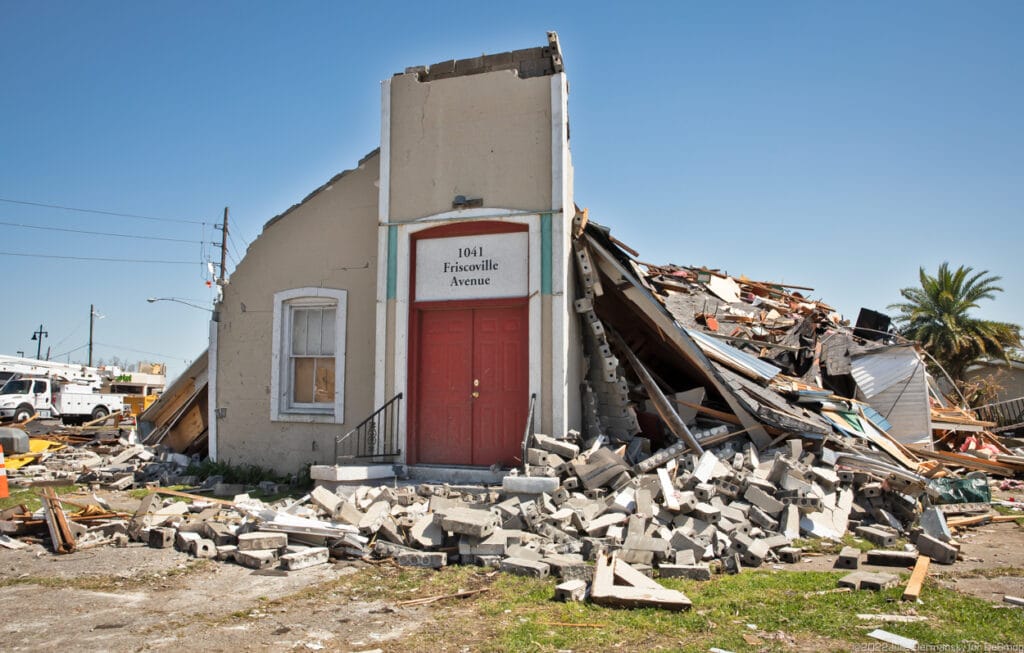
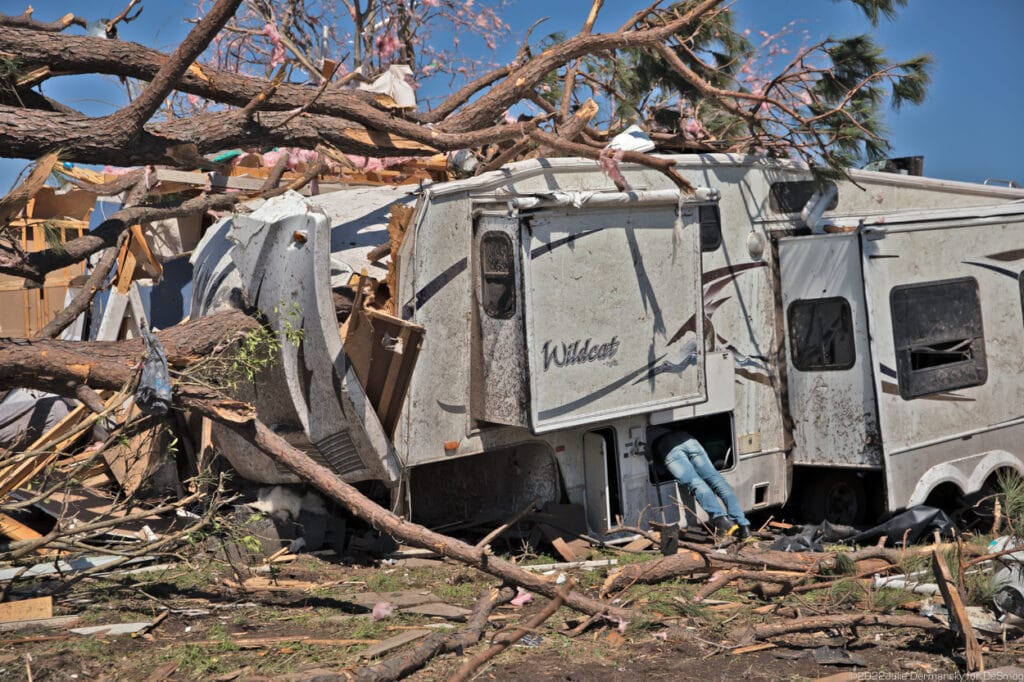
Renowned climate scientist Michael Mann told NBC during the same December 2021 interview that we don’t know if there is a direct link to tornadoes and climate change, but what he does know is “that we’re seeing an increase in the number of storms and the severity of storms.”
“The global oceans have warmed more than a degree over the past century, and that’s because of carbon pollution from fossil fuel burning,” Mann continued. He pointed out and that increased temperatures in the Gulf of Mexico are leading to more moisture in the atmosphere.
Speaking about the tornado outbreak in late December, Mann explained that “for each degree of warming, you get 7 percent more moisture in the atmosphere. That’s actually basic physics. So there’s more moisture, there’s more heat that provides the turbulent energy to create thunderstorms. […] One of the things that we can look at is the trend in the data over the past several decades. What we’re seeing is that the maximum intensities of these tornadoes are increasing as we would expect them to. We’re also seeing much larger outbreaks.”
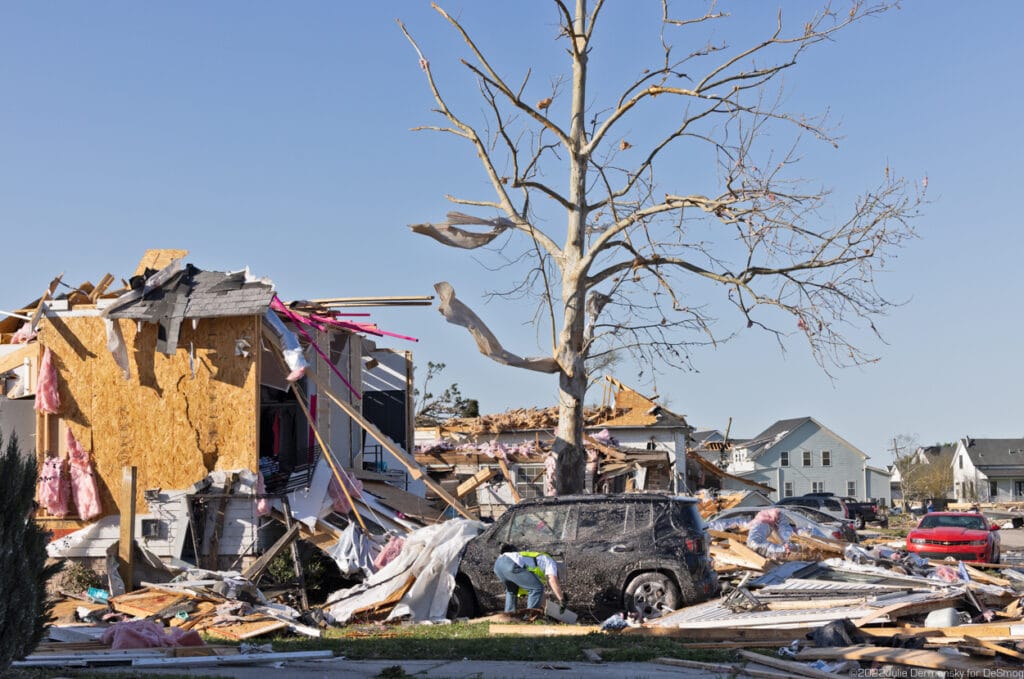
“The new normal is we have this elevated level of risk,” Mann said, pointing out that destructive storms underscore the “importance of preventing further warming of the planet by bringing those carbon emissions down dramatically.” Referring to the tornado outbreak last December, he warned, “If we continue to warm up the planet, we will see more warming and we’ll see more exacerbation of many of these impacts, including the impacts on tornadoes that we’re seeing.”
But in Louisiana, ground zero for climate impacts, fossil fuel infrastructure continues to grow. New petrochemical plants and oil and gas export terminals continue to seek permits, while some newly permitted facilities are being built in the bullseye of the path of extreme weather events that are sure to hit. Although the EF3 tornado didn’t impact nearby refineries and chemical plants to any noticeable degree, Hurricane Ida did. And climate science tells us, if we don’t stop burning fossil fuels radically, there is no chance to meet the benchmarks set by the Paris Climate Accords, that are indicators of the degree to which the planet can sustain life as we know it.
Like those recovering from Hurricane Ida, victims of this tornado will be met with mounting challenges, in part due to the number of extreme weather events to hit the region, leading to shortages of goods and services that are also compounded by the pandemic. Although the cleanup and recovery in Arabi started at breathtaking speed, recovery for many can’t come fast enough to keep them safe from hurricane season less than three months out.
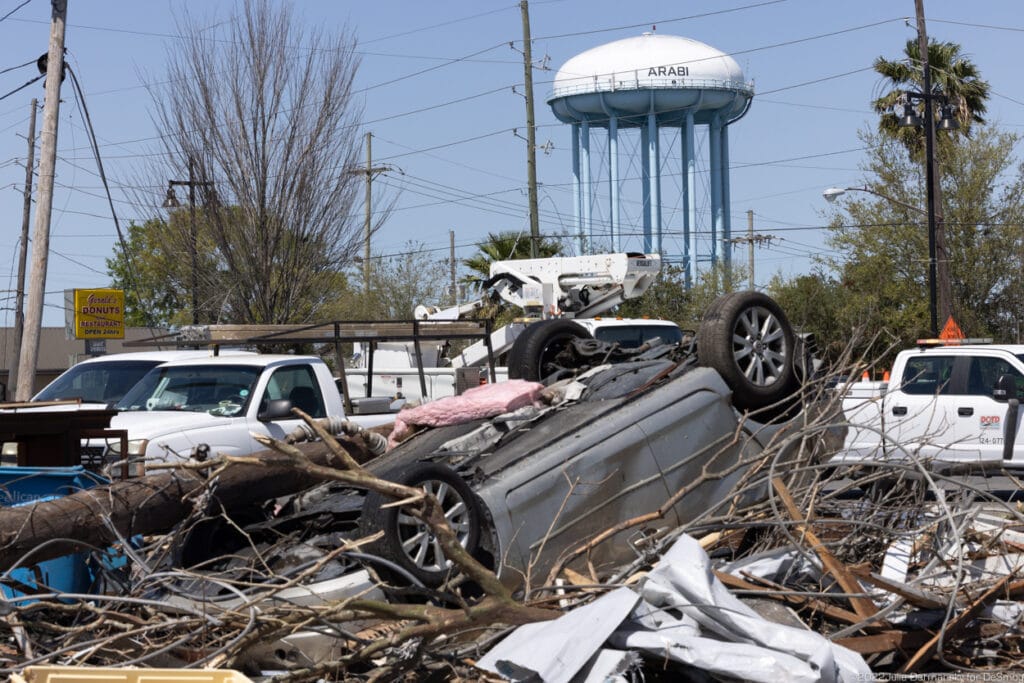
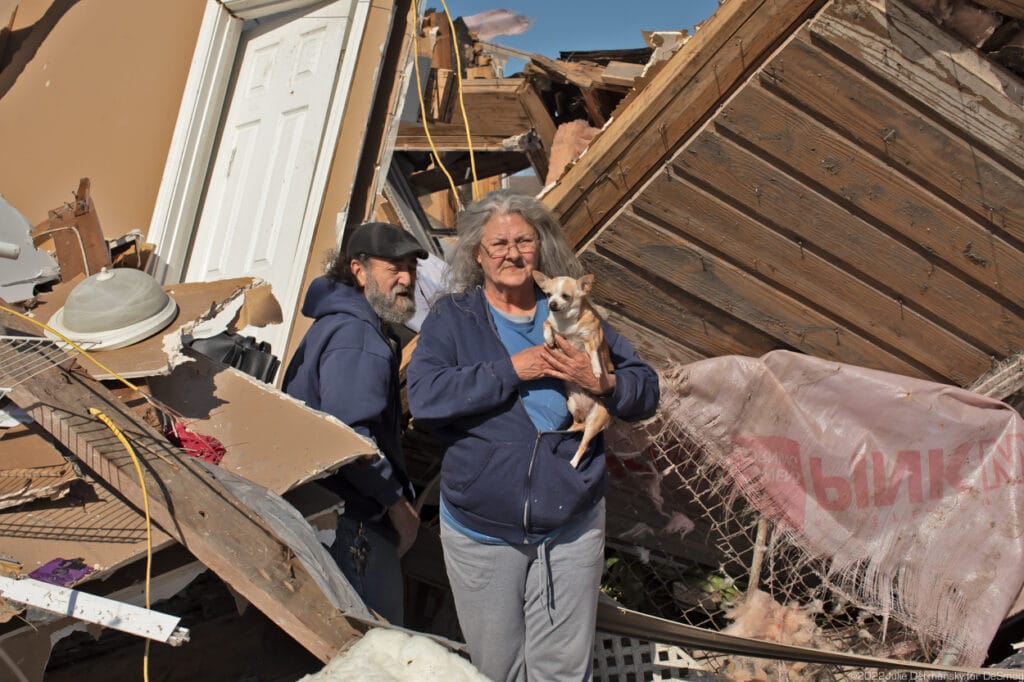
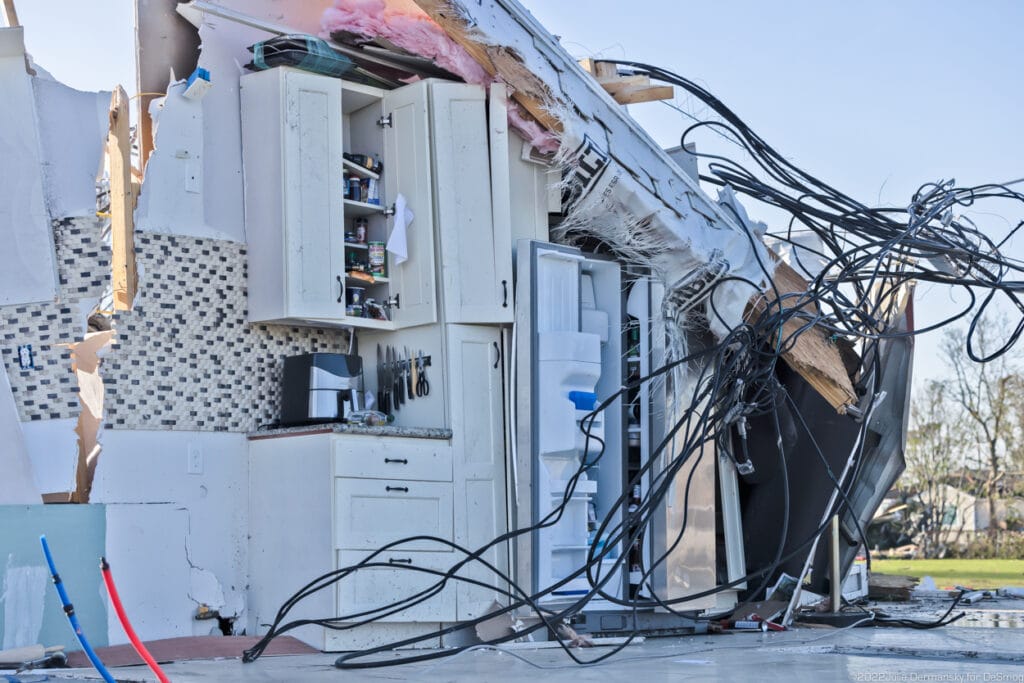
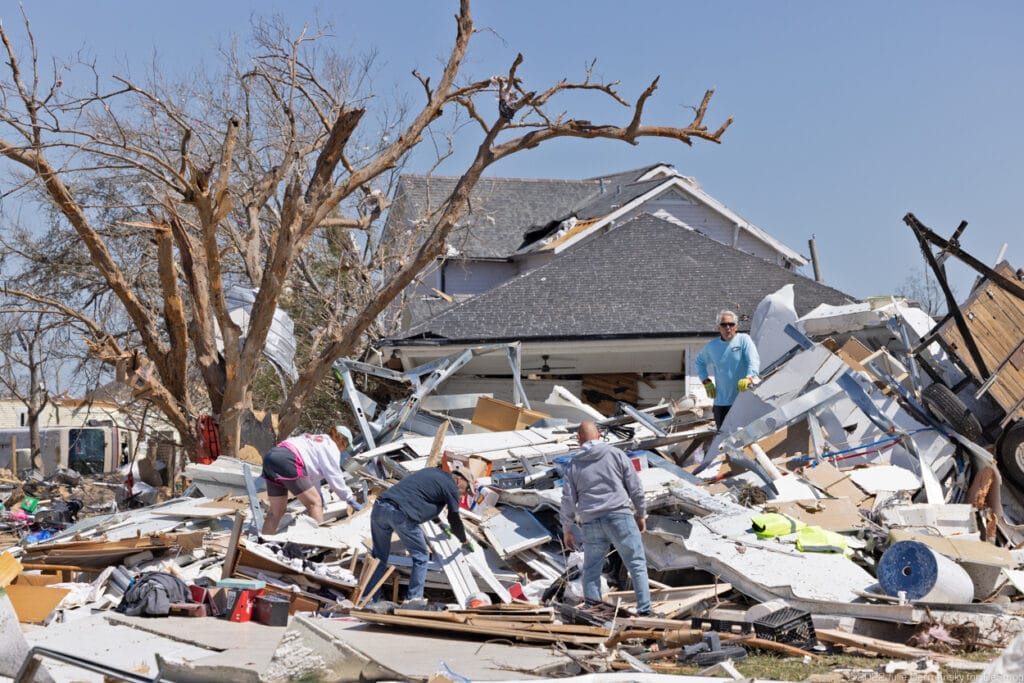
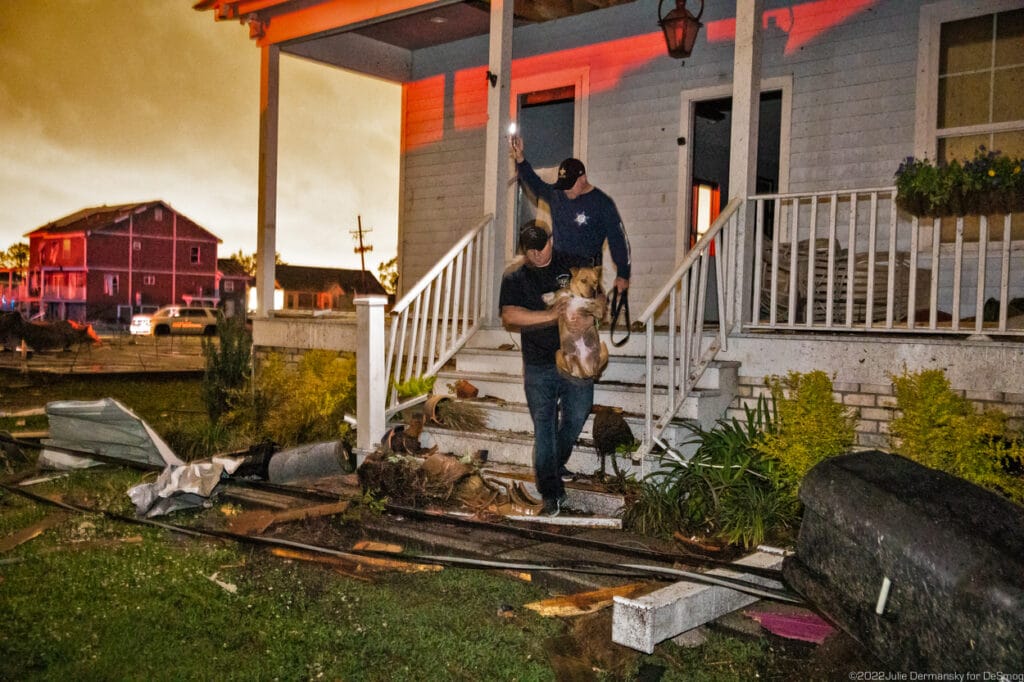
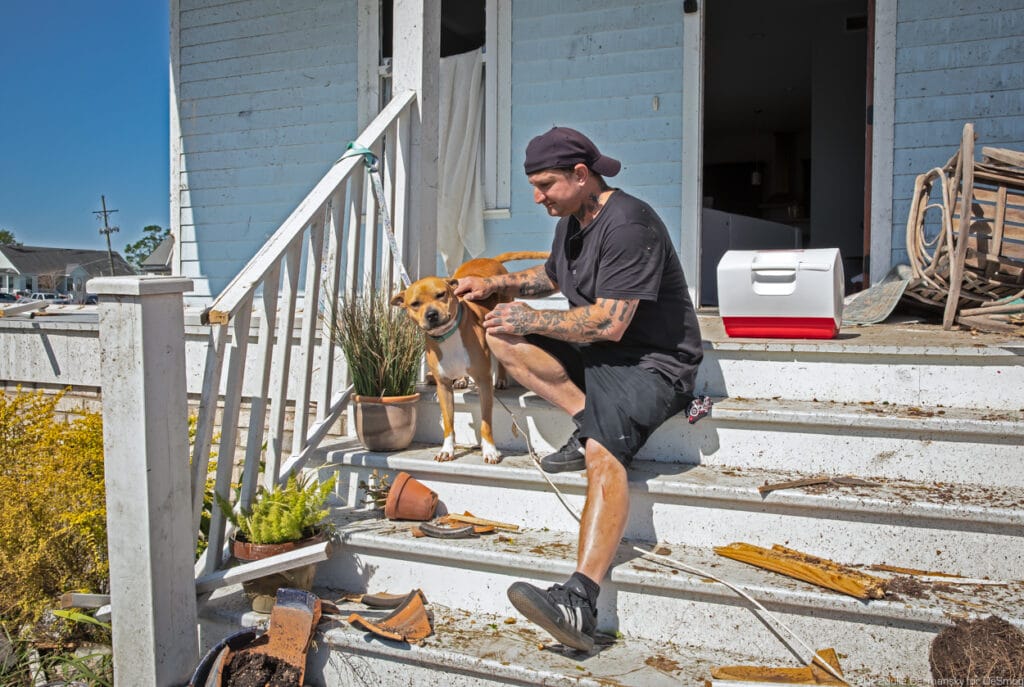
Subscribe to our newsletter
Stay up to date with DeSmog news and alerts


